Wie lange wird a 48 Volt Batterie zuletzt?
Wenn Sie ein Energiespeichersystem für Ihr Zuhause planen, Besonders für Solar- oder Backup -Kraft, Die 48-Volt-Plattform ist ein beliebter und effizienter Standard. Eine Schlüsselfrage, die sich natürlich stellt, ist, „Wie lange hält eigentlich eine 48V-Batterie?“?" Die Antwort liegt nicht allein in der Spannung; Dies hängt von der Kapazität des Akkus und davon ab, wie Sie ihn verwenden.
Die Laufzeit einer 48-V-Batterie hängt vollständig von ihrer Amperestunde ab (Ah) oder Kilowattstunde (kWh) Kapazitätsbewertung und der Leistungsaufnahme (in Watts) der Geräte, die Sie verwenden. Ein Akku mit größerer Kapazität, wie ein 48V 200Ah Gerät, hält bei gleicher Belastung doppelt so lange wie ein 48-V-100-Ah-Gerät. Moderne wandmontierte 48-V-Batteriesysteme erleichtern die Auswahl der richtigen Kapazität für Ihre Anforderungen.
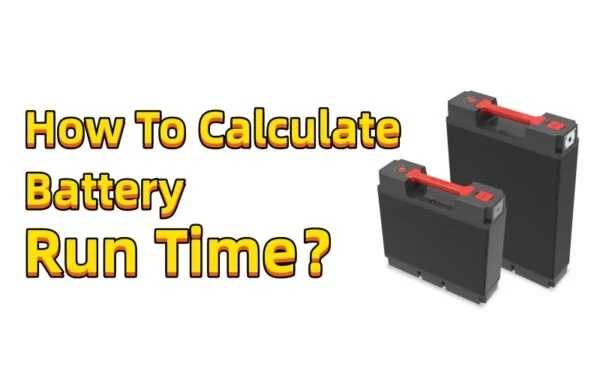
Bei Gycx Solar, Wir sind auf die Entwicklung zuverlässiger 48-V-Energiesysteme spezialisiert, langanhaltende Kraft. Lassen Sie uns erklären, wie die Laufzeit berechnet wird, und einige andere wichtige Fragen zu diesen leistungsstarken Batterien beantworten.
Wie viele Solarmodule benötige ich, um eine 48-V-100-Ah-Batterie aufzuladen??
Die Kombination Ihrer 48-V-100-Ah-Batterie mit Solarmodulen ist der Schlüssel zu echter Energieunabhängigkeit. Aber wie dimensionieren Sie Ihre Solaranlage, um sicherzustellen, dass Ihre Batterie jeden Tag voll aufgeladen wird??
Um a zuverlässig aufzuladen 48In 100ah (Welches ist 4.8 kWh) Batterie an einem typischen Tag, Im Allgemeinen benötigen Sie eine Solarpanel-Anordnung von ca 1.5 kw zu 2.5 kW. Dies entspricht ungefähr 4 Zu 6 modern, Hocheffiziente 400-W-Sonnenkollektoren. Die genaue Anzahl hängt von Ihrem spezifischen Standort ab, die Jahreszeit, und lokale Wettermuster.
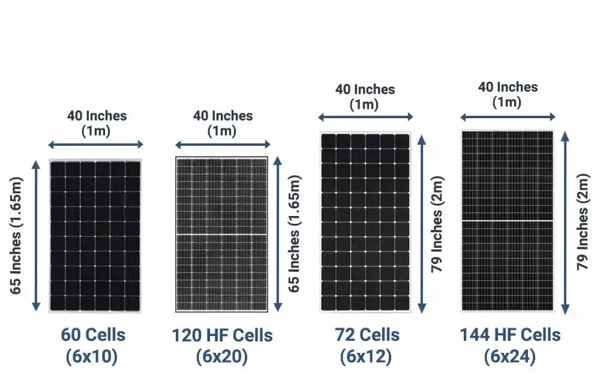
Tauchen tiefer: Unterschiedliches regionales Klima
So ermitteln wir die richtige Solaranlagengröße:
- Energie zum Auffüllen: Ein 48V 100Ah LFP (Lithium -Eisenphosphat) Batterie speichert ca 4.8 KWh der Energie. Um es täglich vollständig aufzuladen, Sie müssen diesen Betrag zuzüglich eines kleinen Betrags zur Deckung von Systemverlusten erwirtschaften.
- Spitzenzeiten (PSH): Dies ist ein entscheidender Faktor, der je nach Jahreszeit variiert. In Japan, Du könntest darüber hinwegkommen 4.5 PSH im Sommer aber nur 2.5-3 PSH an einem klaren Tag im Winter. Wir entwerfen Systeme auf der Grundlage eines konservativen Ganzjahresdurchschnitts (Z.B., 3.5 - - 4 PSH) um eine zuverlässige Ladung fast das ganze Jahr über zu gewährleisten.
- Systemverluste: Wir machen die durch Panel Wärme verlorene Energie aus, Verdrahtung, und die Effizienz des MPPT-Ladereglers (Typischerweise 15-25% Totalschaden).
- Die Berechnung:
- Erforderliche Sonnenkraft (kW) = Energie benötigt (kWh) / (Peak Sonnenstunden x Effizienzfaktor)
- Beispiel:
4.8 kWh / (3.5 hours x 0.80 efficiency) = 1.7 kW (1700 Watts) - Das würde bedeuten
1700W / 400W per panel ≈ 4 to 5 panels. Wir empfehlen oft ein zusätzliches Panel, um an bewölkten Tagen einen Puffer zu bieten.
Das ist vorsichtig, Die standortspezifische Dimensionierung stellt sicher, dass Ihre Batterie bereit ist, Sie die ganze Nacht oder die nächste Taifun-Saison mit Energie zu versorgen.
Was ist die Überbrückungszeit für eine 100-Ah-48-V-Lithiumbatterie??
Lassen Sie uns konkret werden. Sie verfügen über eine 100-Ah-48-V-Lithiumbatterie. Mit wie vielen Stunden Notstromversorgung können Sie bei einem Stromausfall tatsächlich rechnen??
EIN 100Ah 48V Lithiumbatterie bietet insgesamt 4,800 Wattstunden (Wh) oder 4.8 Kilowattstunden (kWh) der Energiespeicherung. Die Überbrückungszeit ist diese Gesamtenergie geteilt durch den Stromverbrauch Ihrer Geräte. Zum Beispiel, Es könnte a laufen 480-Watt ca. laden 10 Std. oder ein Feuerzeug 200-Watt Last für 24 Std..
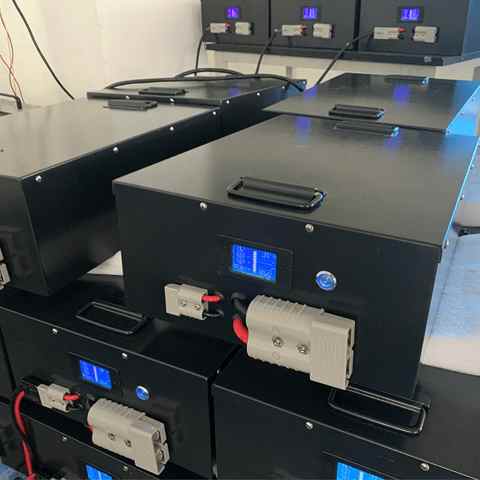
Tauchen tiefer: Berechnen Sie Ihre Backup-Laufzeit
Hier ist die einfache Mathematik:
Laufzeit (Std) = Gesamtenergie (Wh) / Ihre Ladung (Watts)
Schauen wir uns einige praktische Szenarien für ein Zuhause an:
- Szenario 1: Wesentliche Lasten (ca.. 300W): Während eines Ausfalls, Sie betreiben Ihren effizienten Kühlschrank, mehrere LED-Leuchten, Ihren Internet-Router für Updates, und Ihre Telefone aufladen.
4,800 Wh / 300 W = 16 hours
- Szenario 2: Gemäßigte Lasten (ca.. 800W): Sie ergänzen das Wesentliche um einen Fernseher und einen Reiskocher.
4,800 Wh / 800 W = 6 hours
Deshalb modern 48v Wandbatterie Systeme sind so beliebt. Ein einzelnes 4,8-kWh-Modul bietet eine hervorragende Sicherung für das Wesentliche. Und weil sie modular sind, Sie können ganz einfach ein zweites Gerät hinzufügen, um Ihre Backup-Zeit zu verdoppeln und so für mehr Sicherheit zu sorgen. Bei GYCX Solar, Wir helfen Ihnen bei der Durchführung einer Lastanalyse, um sicherzustellen, dass Sie die erwartete Backup-Zeit erhalten.
Werden Lithiumbatterien durch Sitzen kaputt??
Was ist, wenn Sie über ein Batteriesystem verfügen, es aber eine Zeit lang nicht verwenden?? Kann eine Lithiumbatterie allein durch die Lagerung kaputt gehen?, unbenutzt?
Alle Batterien, einschließlich Lithium-Ionen, wird mit der Zeit langsam abbauen, auch wenn es nicht verwendet wird. Das nennt man Kalenderalterung. Jedoch, modern LFP (Lithium -Eisenphosphat) Batterien sind außergewöhnlich stabil. Sie haben auch einen sehr niedrigen Selbstentladungsrate (1-3% pro Monat), Das bedeutet, dass sie beim Sitzen nur sehr wenig Ladung verlieren. Der Schlüssel zu einer langen Haltbarkeit liegt darin, sie an einem geeigneten Ort aufzubewahren cooler Ort bei a Teilnahmeberechnung (um 40-60%).
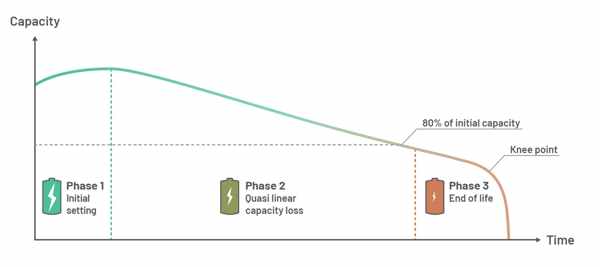
Tauchen tiefer: Kalenderalterung vs. Selbstentladung
Es ist wichtig zu wissen, wie ein Akku im Leerlauf altert:
- Selbstentladung: Dabei handelt es sich um den vorübergehenden und langsamen Ladungsverlust. Sie können den Akku einfach aufladen, um ihn wiederherzustellen. Aufgrund der geringen Rate von LFP-Batterien können Sie diese über ein Jahr lang lagern und behalten trotzdem eine beträchtliche Ladung.
- Kalenderalterung: Das ist das Dauerhafte, irreversibler Kapazitätsverlust, der über Jahre hinweg auftritt, unabhängig von der Verwendung. Die Geschwindigkeit dieses Prozesses wird stark von zwei Faktoren beeinflusst:
- Temperatur: Hitze ist der größte Feind. Eine Batterie, die in einer heißen Umgebung gelagert wird, altert viel schneller als eine, die in einer kühlen Umgebung gelagert wird, klimatisierter Raum.
- Gebührszustand: Für langfristige Lagerung, Halten Sie eine Lithiumbatterie bereit 100% voll belastet die Zellen und beschleunigt den Alterungsprozess. Lagern Sie es bei 0% ist auch gefährlich. EIN 40-60% Die Ladung ist der ideale Zustand mit geringer Belastung für die Lagerung.
Eine ordnungsgemäß gelagerte LFP-Batterie kann sehr lange halten und gesund und betriebsbereit bleiben.
Kann eine Lithiumbatterie Feuer fangen, wenn sie nicht geladen wird??
Die Batteriesicherheit ist der wichtigste Aspekt. Wir hören oft von Bränden im Zusammenhang mit dem Laden, kann aber hochwertig sein Lithium Batterie1, wie einer in einem Heimspeichersystem, Feuer fangen, wenn es einfach nur da sitzt, weder laden noch entladen?
Es ist extrem selten für eine hochwertige, Eine unbeschädigte Lithiumbatterie kann bei Nichtgebrauch spontan Feuer fangen. Ein solches Ereignis würde mit ziemlicher Sicherheit eine vorherige Anmeldung erfordern interner Kurzschluss, Dies wird typischerweise durch Folgendes verursacht: Herstellungsfehler oder Vorheriger körperlicher Schaden zur Batterie. Aus diesem Grund sollten Sie sich für Batterien namhafter Hersteller mit strenger Qualitätskontrolle und sicherer Chemie entscheiden LFP ist so kritisch.
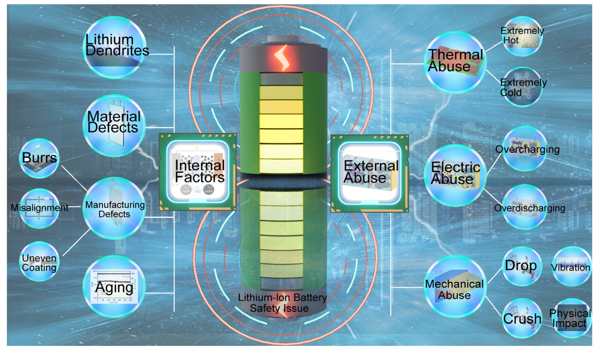
Tauchen tiefer: Das Risiko verstehen und mindern
Hier finden Sie eine Aufschlüsselung dieses wichtigen Sicherheitsthemas:
- Die Ursache (Interner Kurzschluss): Im Inneren einer Batteriezelle befinden sich ultradünne Schichten aus positivem und negativem Material, die durch einen Separator getrennt sind. Wenn sich diese Schichten berühren, kann ein Feuer entstehen. Dies kann durch einen mikroskopischen Herstellungsfehler oder durch einen Sturz des Akkus verursacht werden, verbeult, oder durchstochen, innere Schäden verursachen.
- Die Rolle der Qualitätskontrolle: Namhafte Batteriehersteller investieren stark in die Reinraumfertigung und mehrstufige Tests (inklusive Röntgenaufnahmen und Alterungstests) um Zellen mit potenziellen Defekten zu erkennen und auszusortieren. Dies ist die erste und wichtigste Verteidigungslinie.
- Der LFP-Sicherheitsvorteil: Das ist entscheidend. LFP (Lithium -Eisenphosphat) Die Chemie ist von Natur aus chemisch und thermisch weitaus stabiler als andere Lithium-Ionen-Typen (wie NMC oder LCO, die in Telefonen und Laptops zu finden sind). Auch wenn eine LFP-Zelle ausfallen sollte, Es ist viel wahrscheinlicher, dass es Rauch abgibt und sicher versagt, als dass es zu einem heftigen Brand kommt.
- Die Bedeutung eines Schutzsystems: Ein Profi 48v Wandbatterie ist nicht nur eine Batterie; es ist ein BESS. Der Robuste, Das Schutzgehäuse soll physische Schäden verhindern, die zu einem internen Kurzschluss führen könnten. Das interne BMS sorgt außerdem für eine ständige Überwachung.
Die Sicherheit unserer Kunden hat für uns oberste Priorität. Deshalb verwenden wir ausschließlich LFP-Batterien von Weltklasse-Herstellern. Wir wissen, dass ihre strenge Qualitätskontrolle und die inhärente Sicherheit der LFP-Chemie das höchste Maß an Schutz und Sicherheit für ein bei Ihnen zu Hause installiertes System bieten.
Eine 48-V-Batterie ist das Rückgrat eines leistungsstarken und effizienten Energiespeichersystems. Wie lange es hält, lässt sich anhand seiner Kapazität einfach berechnen (Ah) und deine Ladung (W). Modern 48v Wandbatterie Systeme, Gebaut mit sicherer und langlebiger LFP-Technologie, Bieten Sie eine zuverlässige, wartungsarm, und langfristige Lösung für Energieunabhängigkeit und Notstromversorgung.
Wenn Sie Fragen zum Entwurf eines 48-V-Batteriesystems haben, Dimensionierung einer Solaranlage, oder Sie möchten die sichersten und zuverlässigsten Batterielösungen für Ihr Zuhause erkunden, Unser Expertenteam bei GYCX Solar hilft hier, um zu helfen. Kontaktieren Sie uns für eine professionelle Beratung! Gycxsolar freut sich über Ihre Beratung, Unsere Experten werden Ihnen eine zeitnahe und zufriedenstellende Lösung bieten.
Die Untersuchung der Risiken von Lithiumbatterien kann Ihnen dabei helfen, fundierte Entscheidungen über deren Verwendung und Lagerung zu treffen. ↩
